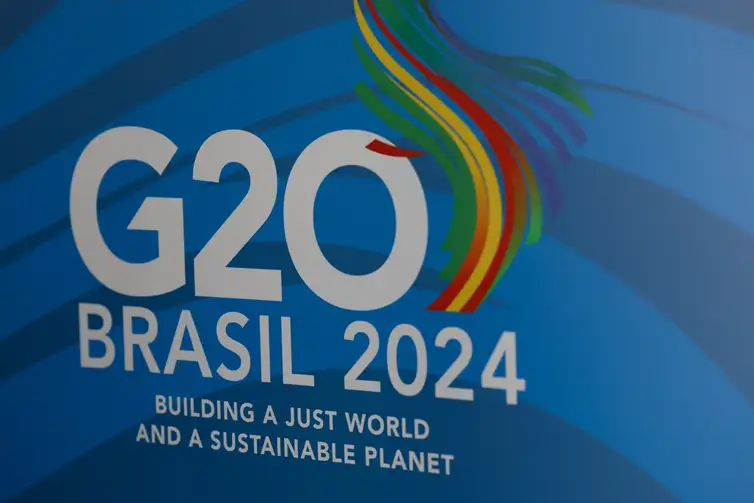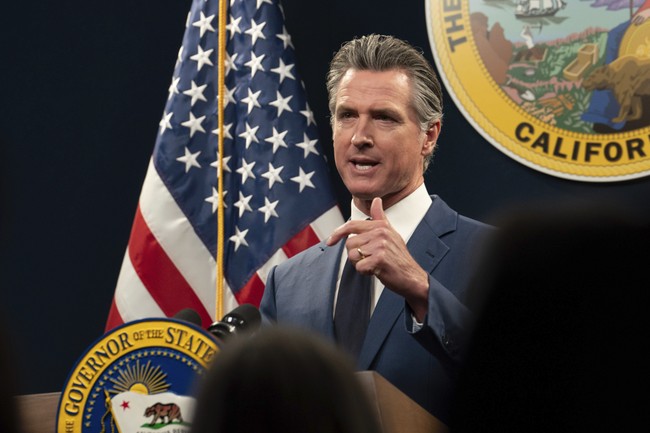OPEC+ and Oil Markets: Production and Price Fluctuations
Negotiations within OPEC+ on oil production cuts influence global oil markets amidst technicalities and the US Federal Reserve's monetary policy decisions.
Published May 24, 2024 - 17:05pm

Image recovered from tass.com
In April, Russia's crude oil output slightly exceeded the OPEC+ target due to technical difficulties associated with reducing production. The Russian Energy Ministry emphasized that the country is committed to its OPEC+ agreements, and plans are underway to compensate for the overproduction.
The global oil market is currently facing significant fluctuations, with oil prices easing for four consecutive sessions, driven primarily by the US Federal Reserve's discussions on potential interest rate hikes to combat persistent inflation. Higher interest rates tend to elevate borrowing costs, which can hinder economic growth and subsequently diminish oil demand in the US, the world's largest oil-consuming nation.
Despite the downward pressure, strong US seasonal fuel demand has offered some support. For instance, the Energy Information Administration reported that gasoline demand has reached its highest level since November, a positive signal given that US drivers represent a substantial portion of global oil demand.
Russia's adherence to OPEC+ production cuts has been a focal point, especially after it was revealed that the country had produced about 9.418 million barrels a day in April, surpassing its pledged limit. The Russian Energy Ministry stated its commitment to compensating for this deviation and announced plans to deepen output cuts to 900,000 barrels per day in May and 971,000 barrels per day in June. This would align Russia's total output curbs with those of key producers like Saudi Arabia.
Meanwhile, oil prices rallied slightly after three days of losses, as market participants reacted to Russia's commitment to OPEC+ agreements. Brent Crude prices rose by 0.88%, and WTI Crude saw a 0.93% increase early Thursday.
Amidst these developments, OPEC+ is expected to hold its production cuts through the third quarter of the year. The group's decision in the forthcoming June 1 meeting will significantly influence market trends. Analysts are predicting that the OPEC+ will continue its current strategy of voluntary cuts amounting to 2.2 million barrels per day.
Additionally, the minutes from the recent Federal Reserve meeting highlighted the ongoing debate among policymakers regarding whether current interest rates are sufficient to control inflation. Some officials expressed a willingness to increase rates if inflation persists, which could further impact oil demand and prices. This uncertainty adds to the volatile nature of the oil market, with traders preparing for potential price declines if macroeconomic constraints tighten.
In summary, the interplay between OPEC+ production commitments and the US Federal Reserve's monetary policy decisions continues to shape the global oil market. While Russia's efforts to comply with output targets offer some price support, the overarching concerns about economic growth and oil demand amid high interest rates remain decisive factors for future market developments.
In April, Russia's crude oil output slightly exceeded the OPEC+ target due to technical difficulties associated with reducing production. The Russian Energy Ministry emphasized that the country is committed to its OPEC+ agreements, and plans are underway to compensate for the overproduction.
The global oil market is currently facing significant fluctuations, with oil prices easing for four consecutive sessions, driven primarily by the US Federal Reserve's discussions on potential interest rate hikes to combat persistent inflation. Higher interest rates tend to elevate borrowing costs, which can hinder economic growth and subsequently diminish oil demand in the US, the world's largest oil-consuming nation.
Despite the downward pressure, strong US seasonal fuel demand has offered some support. For instance, the Energy Information Administration reported that gasoline demand has reached its highest level since November, a positive signal given that US drivers represent a substantial portion of global oil demand.
Russia's adherence to OPEC+ production cuts has been a focal point, especially after it was revealed that the country had produced about 9.418 million barrels a day in April, surpassing its pledged limit. The Russian Energy Ministry stated its commitment to compensating for this deviation and announced plans to deepen output cuts to 900,000 barrels per day in May and 971,000 barrels per day in June. This would align Russia's total output curbs with those of key producers like Saudi Arabia.
Meanwhile, oil prices rallied slightly after three days of losses, as market participants reacted to Russia's commitment to OPEC+ agreements. Brent Crude prices rose by 0.88%, and WTI Crude saw a 0.93% increase early Thursday.
Amidst these developments, OPEC+ is expected to hold its production cuts through the third quarter of the year. The group's decision in the forthcoming June 1 meeting will significantly influence market trends. Analysts are predicting that the OPEC+ will continue its current strategy of voluntary cuts amounting to 2.2 million barrels per day.
Additionally, the minutes from the recent Federal Reserve meeting highlighted the ongoing debate among policymakers regarding whether current interest rates are sufficient to control inflation. Some officials expressed a willingness to increase rates if inflation persists, which could further impact oil demand and prices. This uncertainty adds to the volatile nature of the oil market, with traders preparing for potential price declines if macroeconomic constraints tighten.
In summary, the interplay between OPEC+ production commitments and the US Federal Reserve's monetary policy decisions continues to shape the global oil market. While Russia's efforts to comply with output targets offer some price support, the overarching concerns about economic growth and oil demand amid high interest rates remain decisive factors for future market developments.
Furthermore, there are geopolitical factors that could influence the oil market. For instance, ongoing tensions in the Middle East, which houses some of the world's largest oil producers, continue to add an element of unpredictability to the market. Any significant escalation or resolution in these conflicts could result in either a sudden spike or drop in oil prices.
The international community is also closely watching the progress of negotiations regarding the Iran nuclear deal. A successful agreement could lead to the lifting of sanctions on Iranian oil exports, thereby increasing global supply and potentially bringing down prices. Conversely, a breakdown in negotiations could result in reduced supply and higher prices.
On the technological front, advancements in renewable energy sources and electric vehicles pose long-term challenges to global oil demand. Many countries, especially in Europe and North America, are setting ambitious targets for reducing their carbon footprints, which could lead to a structural decline in oil consumption. This shift towards cleaner energy is a critical variable that industry stakeholders cannot afford to ignore.
In a related development, major oil companies are increasingly facing pressure from shareholders and environmentalists to adopt more sustainable practices. Companies like ExxonMobil, BP, and Shell are investing heavily in renewable energy projects and exploring ways to diversify their portfolios. This transition, while necessary, may also lead to shifts in traditional oil markets as these giants seek to balance their commitments to both profitability and sustainability.
Moreover, the impact of the COVID-19 pandemic on global oil demand cannot be overstated. While vaccination campaigns and easing restrictions have fueled economic recovery in many parts of the world, the emergence of new variants and uneven vaccine distribution continue to pose risks to global mobility and, consequently, oil demand. Countries experiencing renewed outbreaks may impose travel restrictions and lockdowns, which could lead to a slump in oil consumption.
Lastly, climate change remains a looming threat with the potential to significantly impact oil production and demand. Extreme weather events, such as hurricanes, floods, and wildfires, can disrupt extraction, refining, and transportation processes, leading to supply shortages and price volatility. Additionally, growing awareness about climate change is pushing policymakers to enact stricter regulations on fossil fuel industries, further influencing market dynamics.
Overall, the global oil market is navigating a complex landscape of economic, political, and environmental factors. While short-term fluctuations are being driven by OPEC+ decisions and US monetary policy, the long-term horizon will be shaped by broader trends in technology, geopolitics, and climate policy. Stakeholders will need to remain vigilant and adaptable to manage the uncertainties and opportunities that lie ahead.







